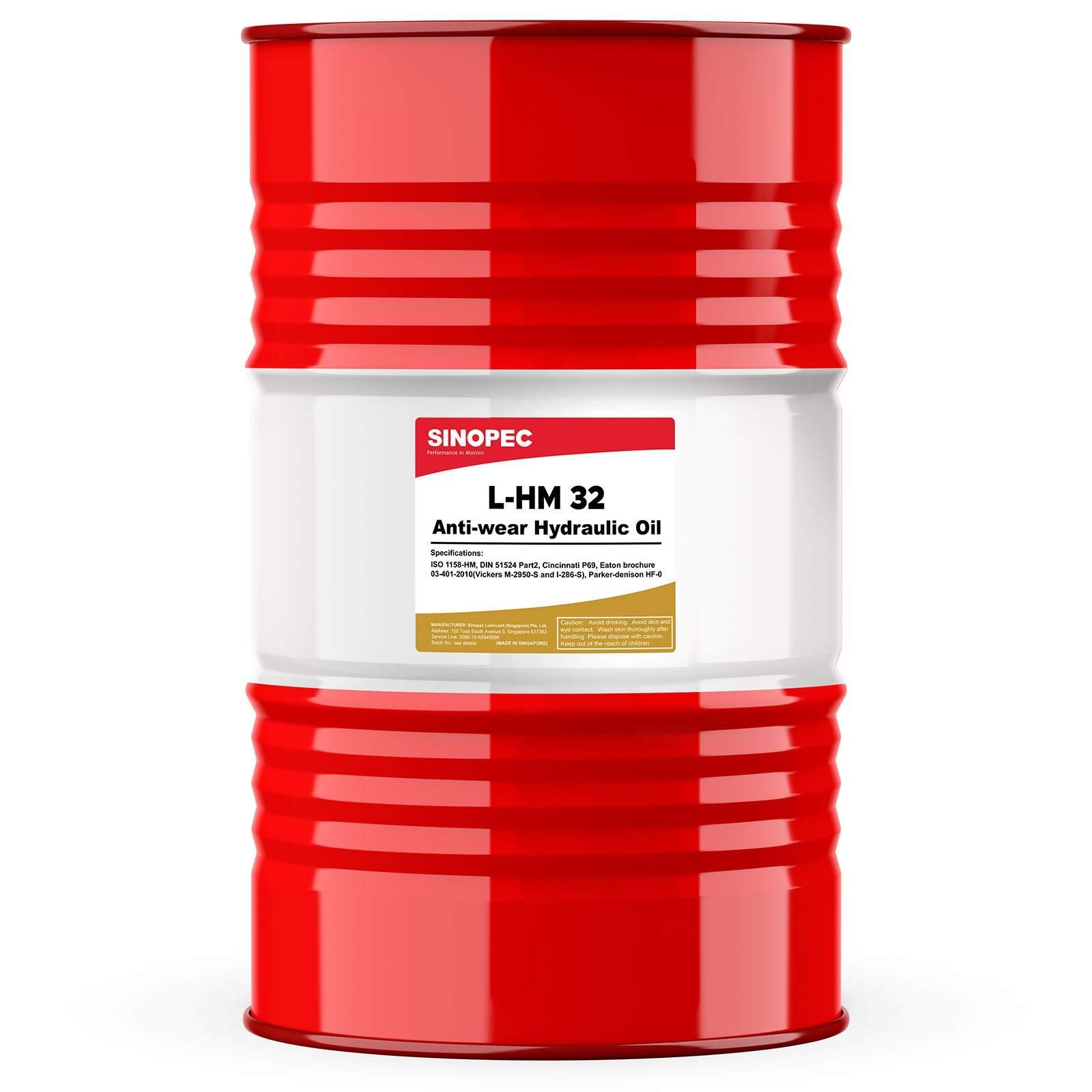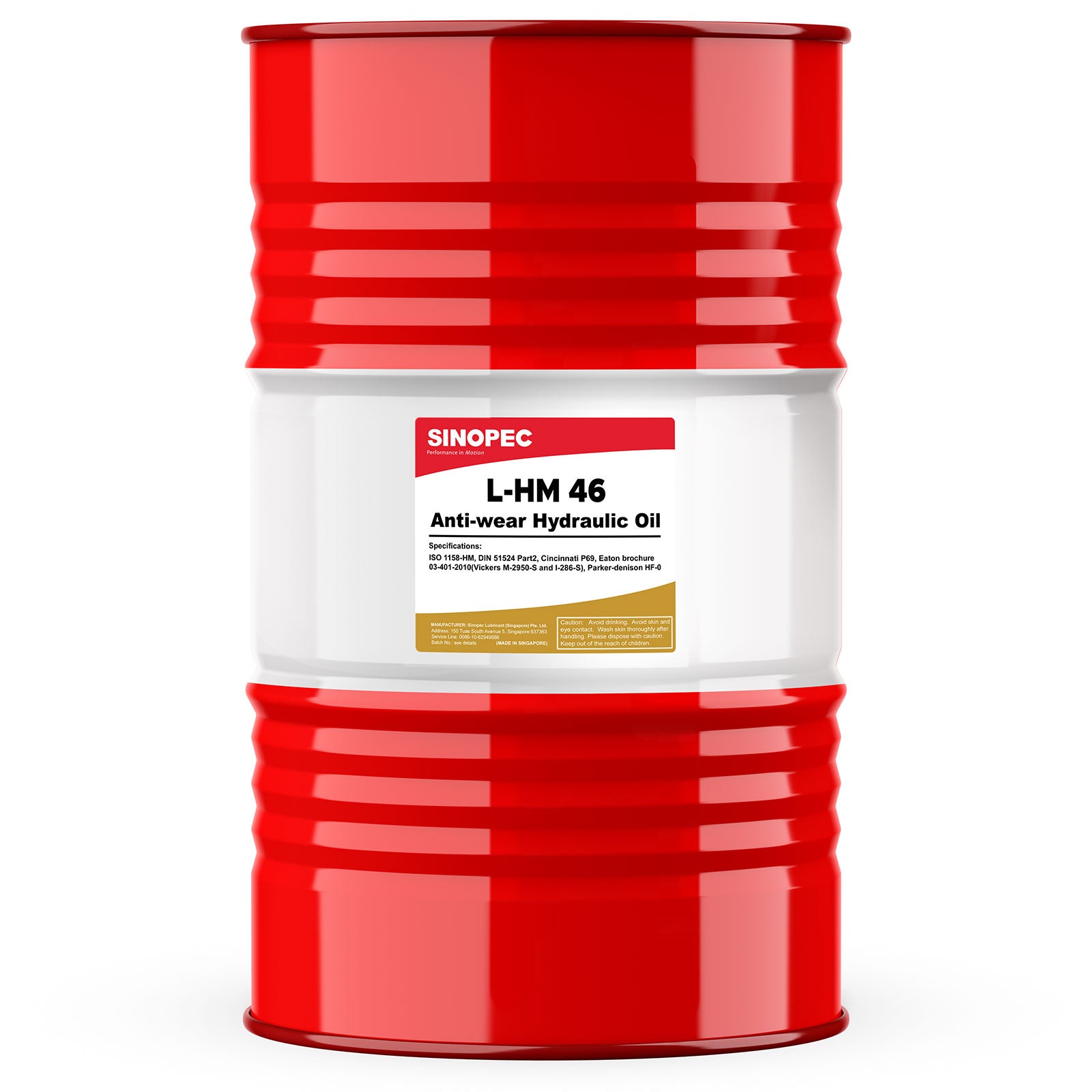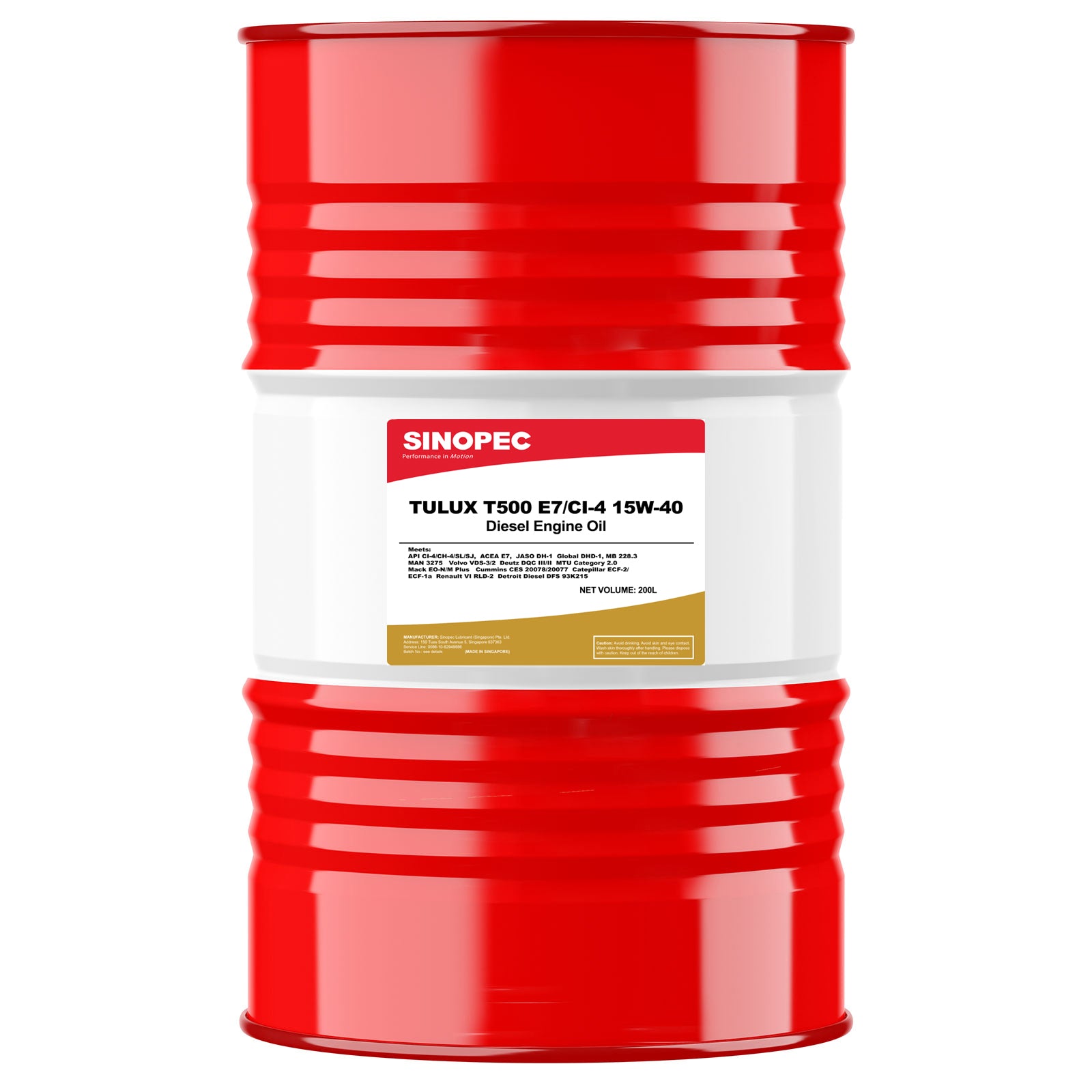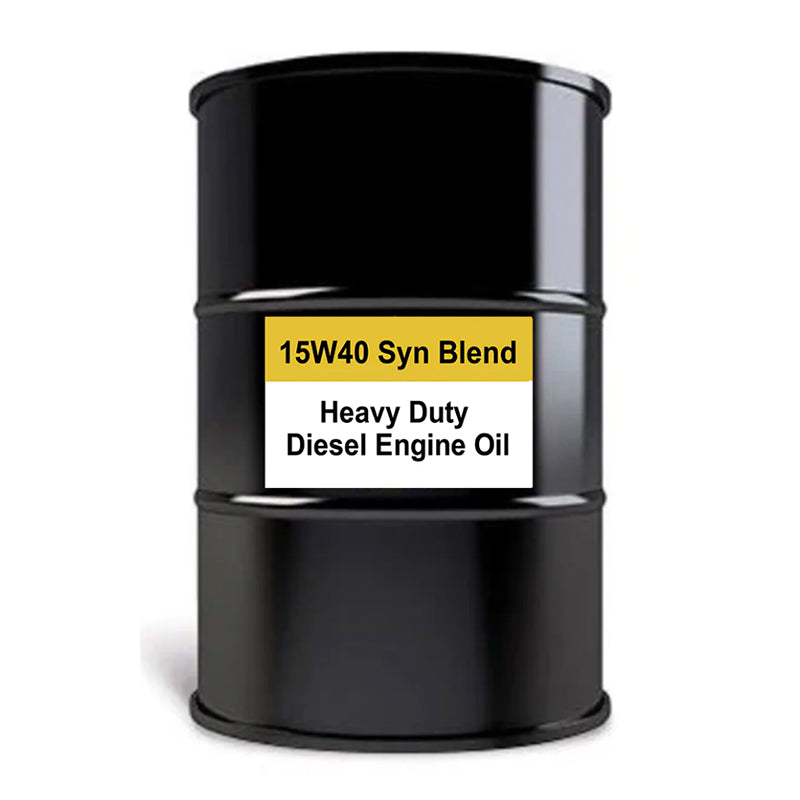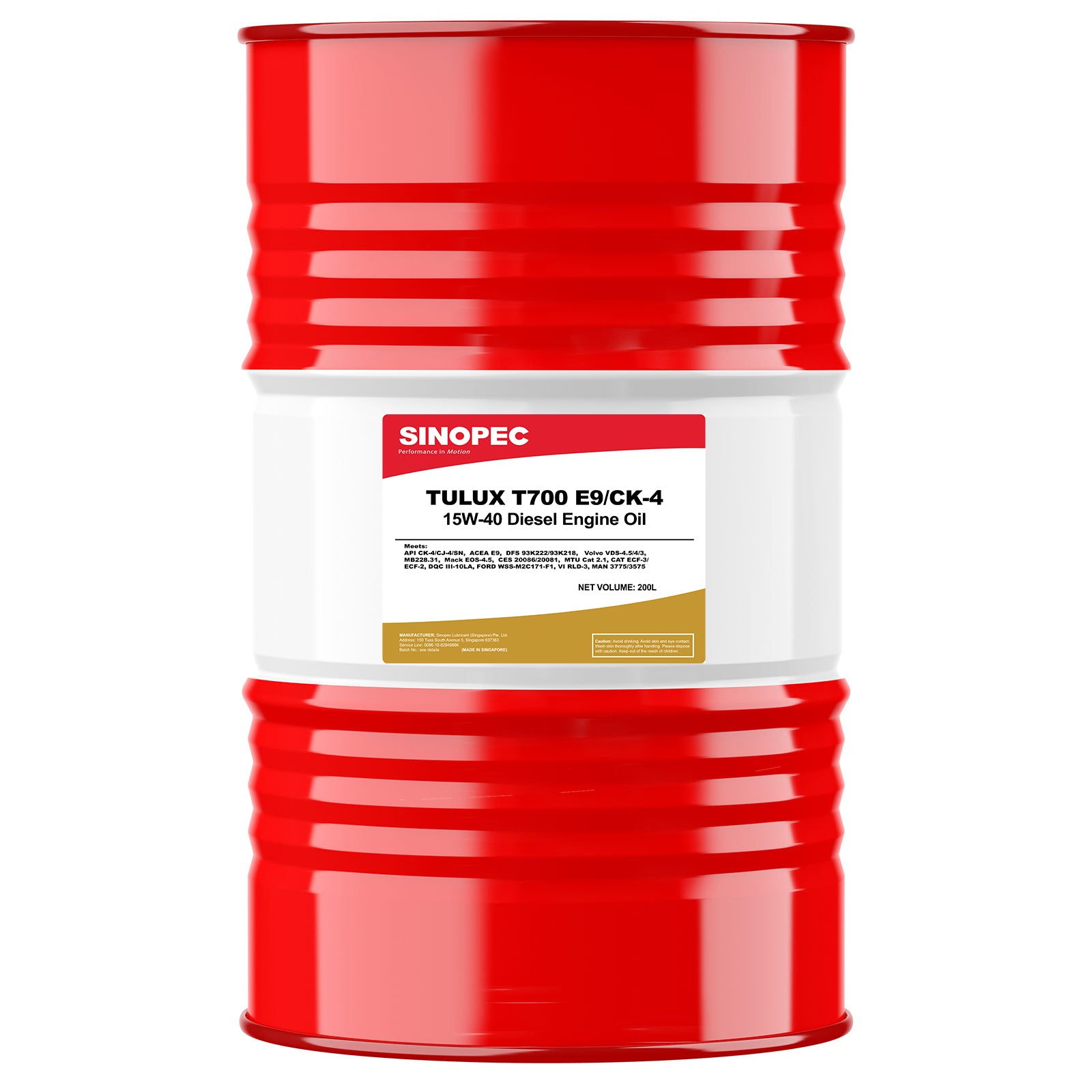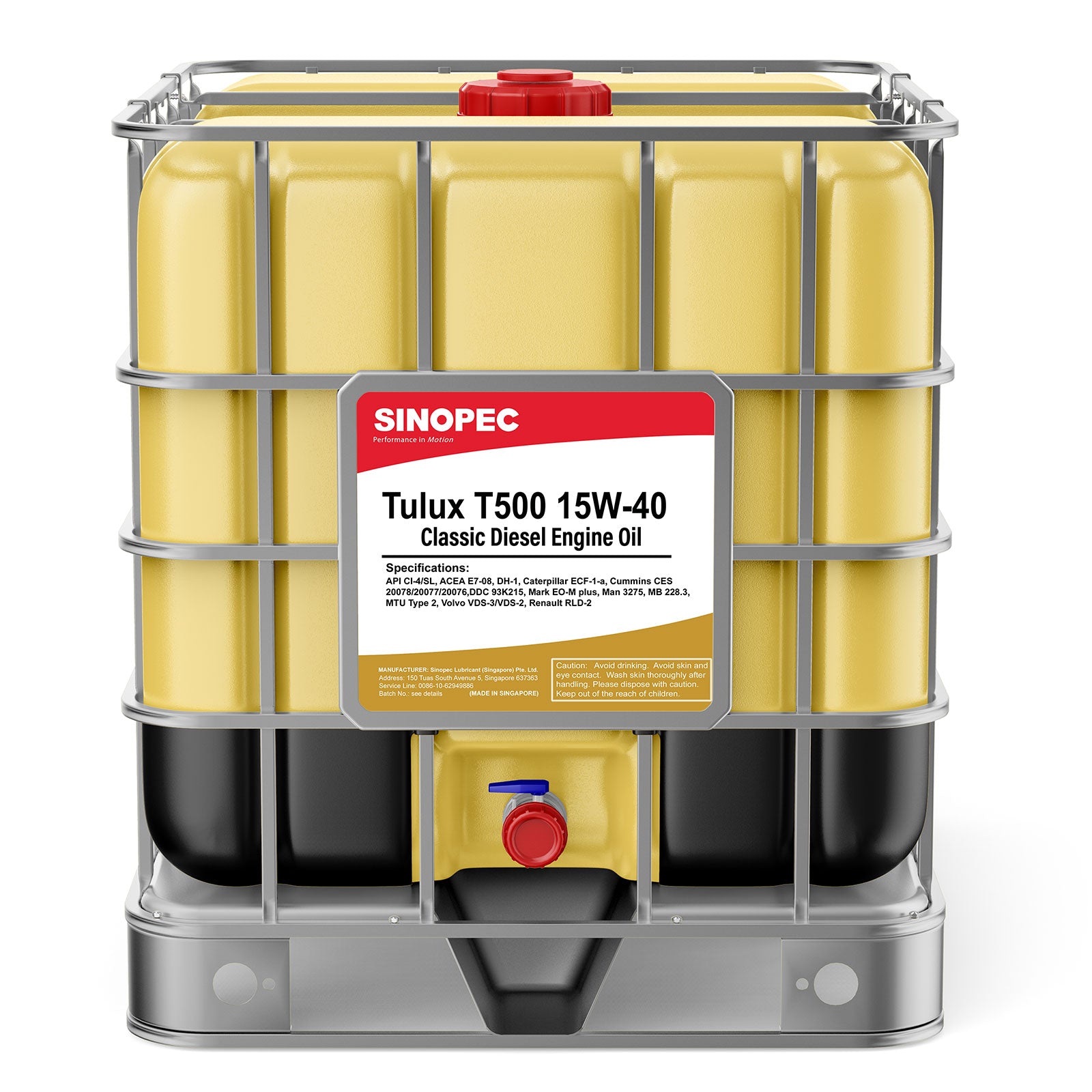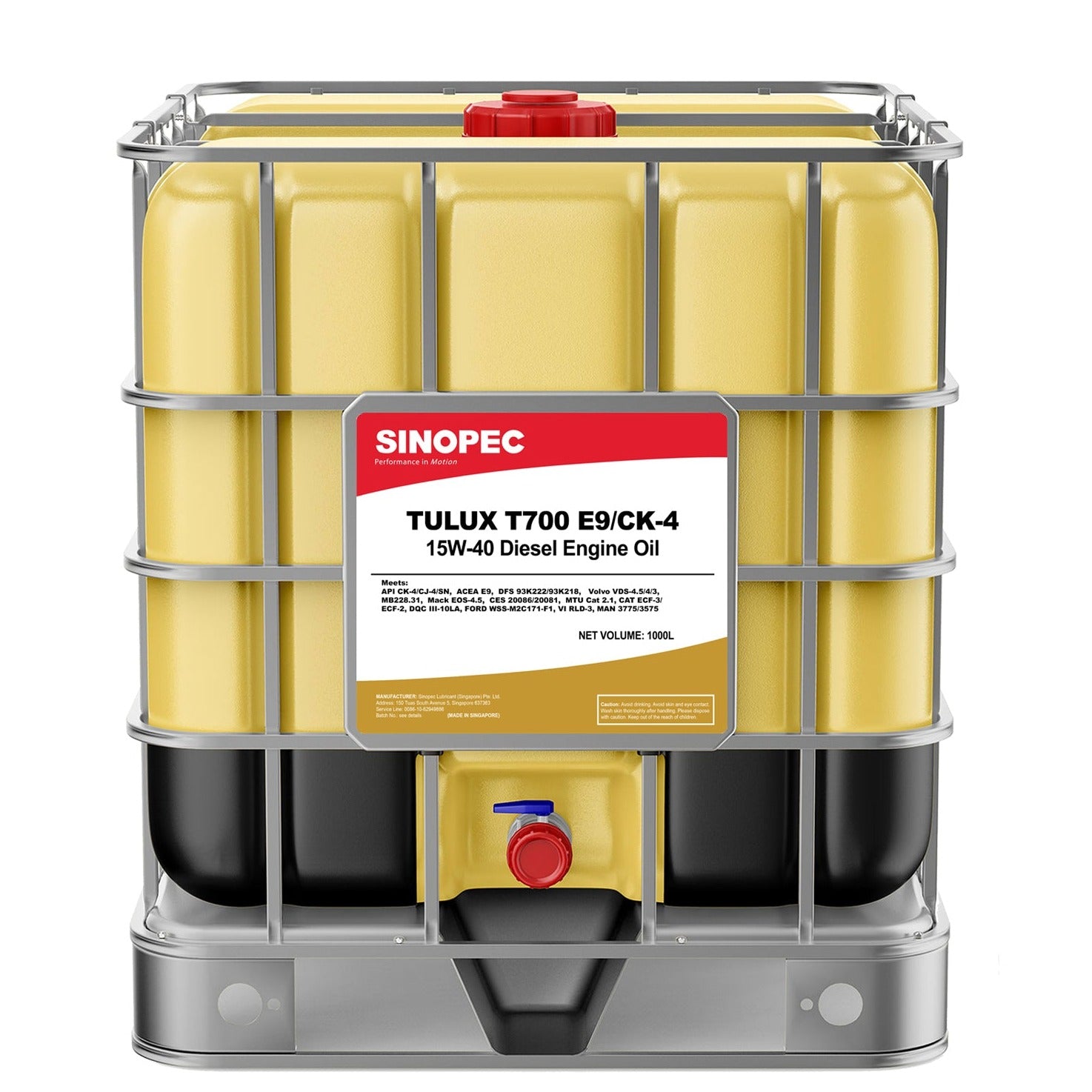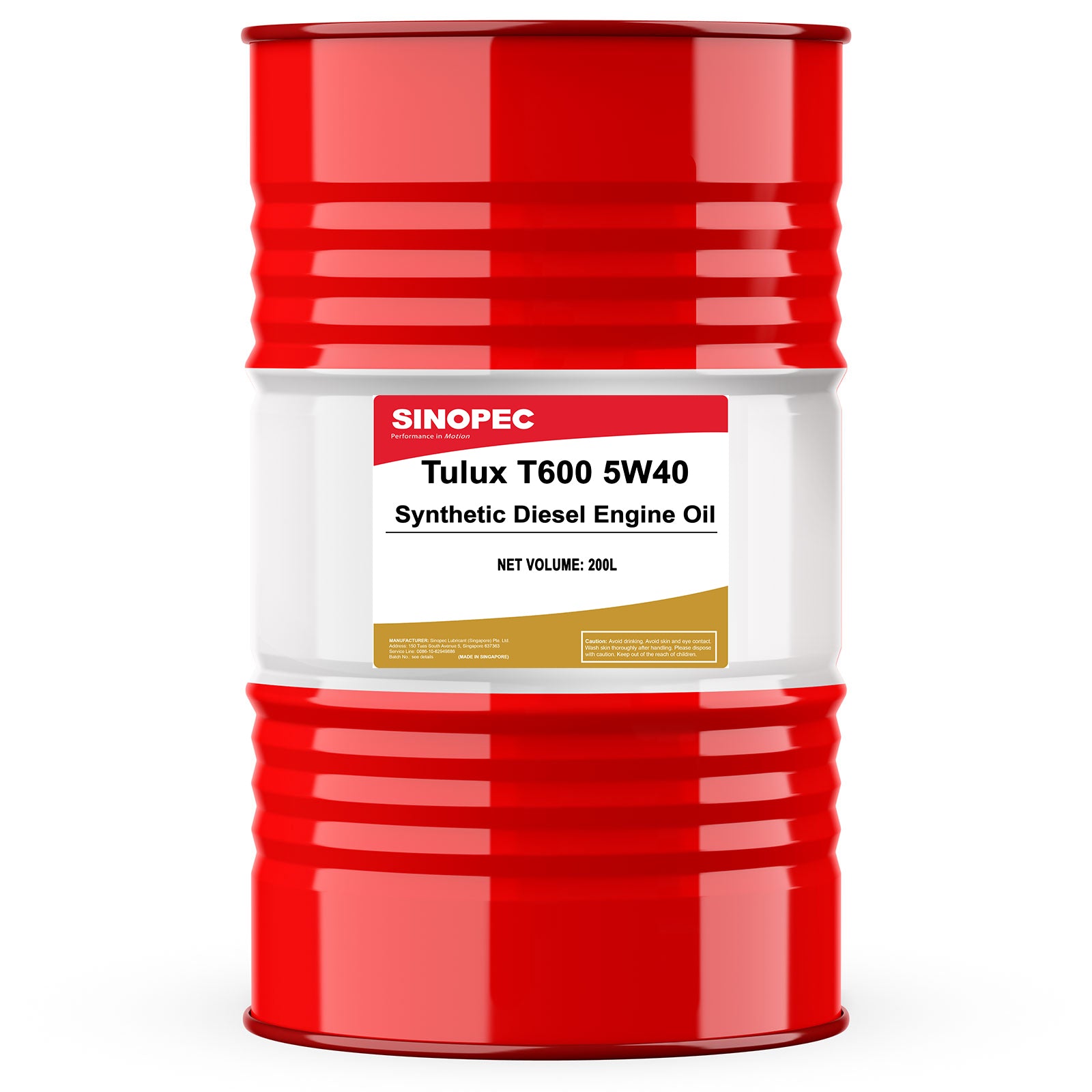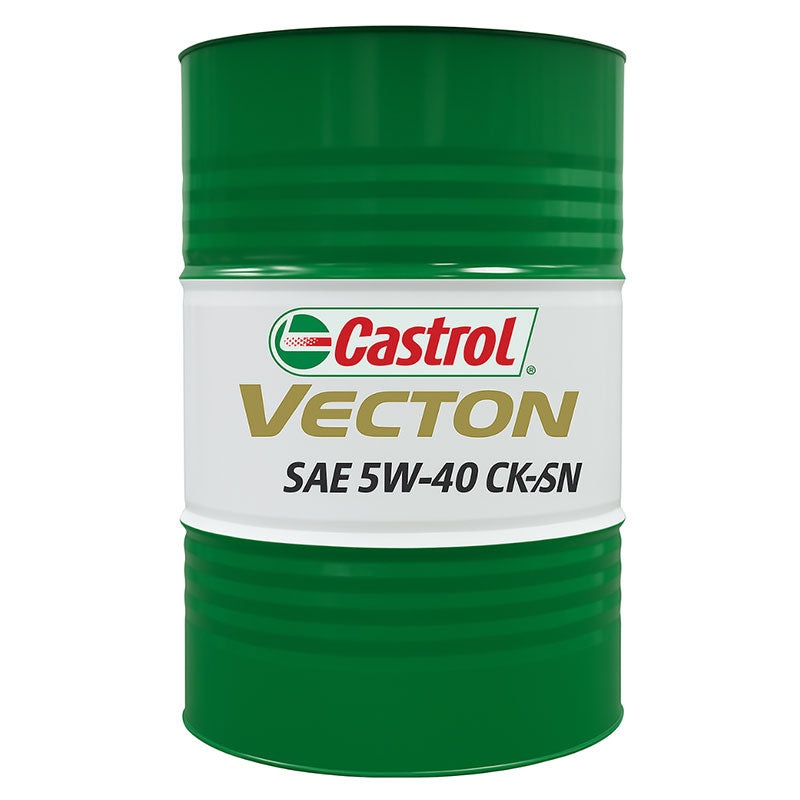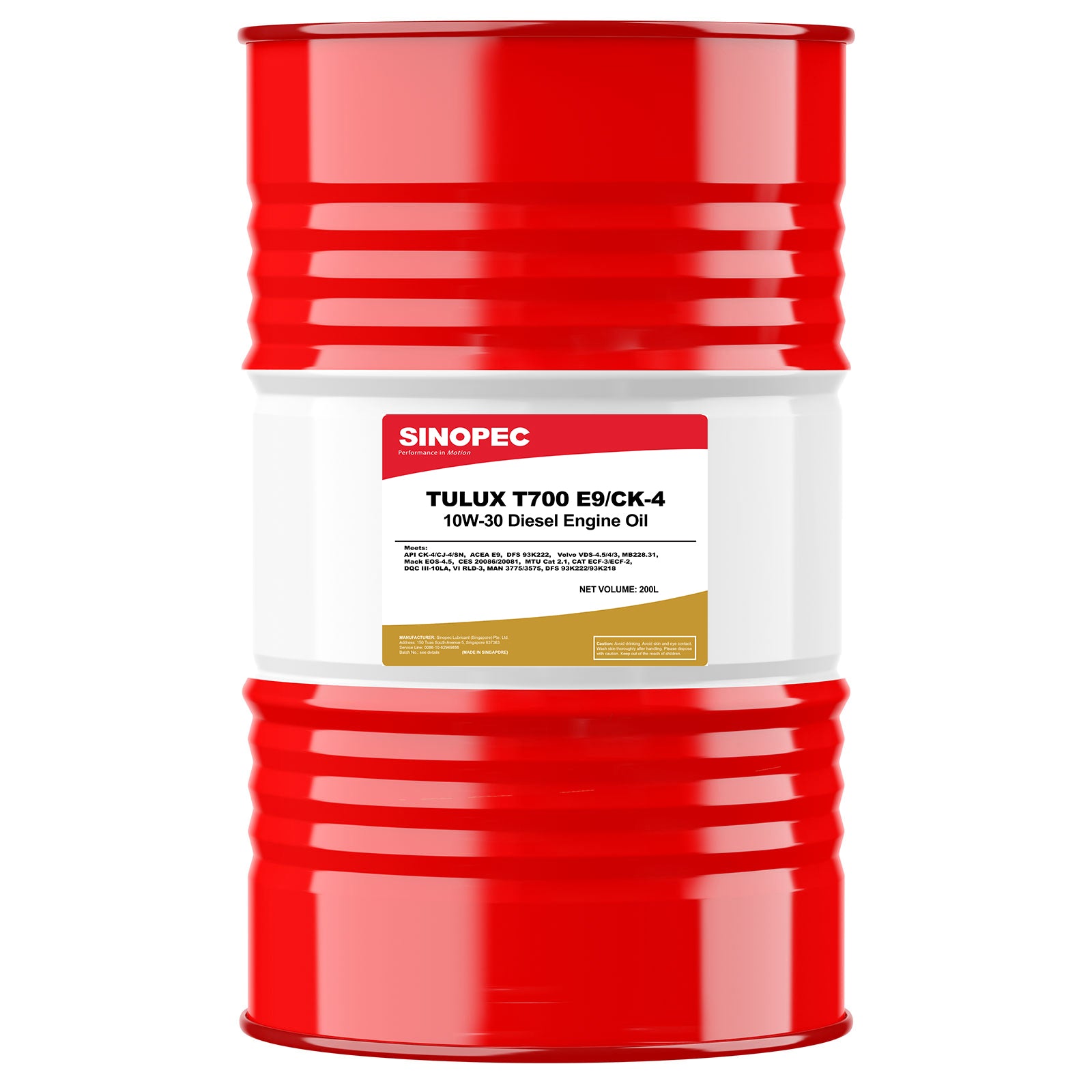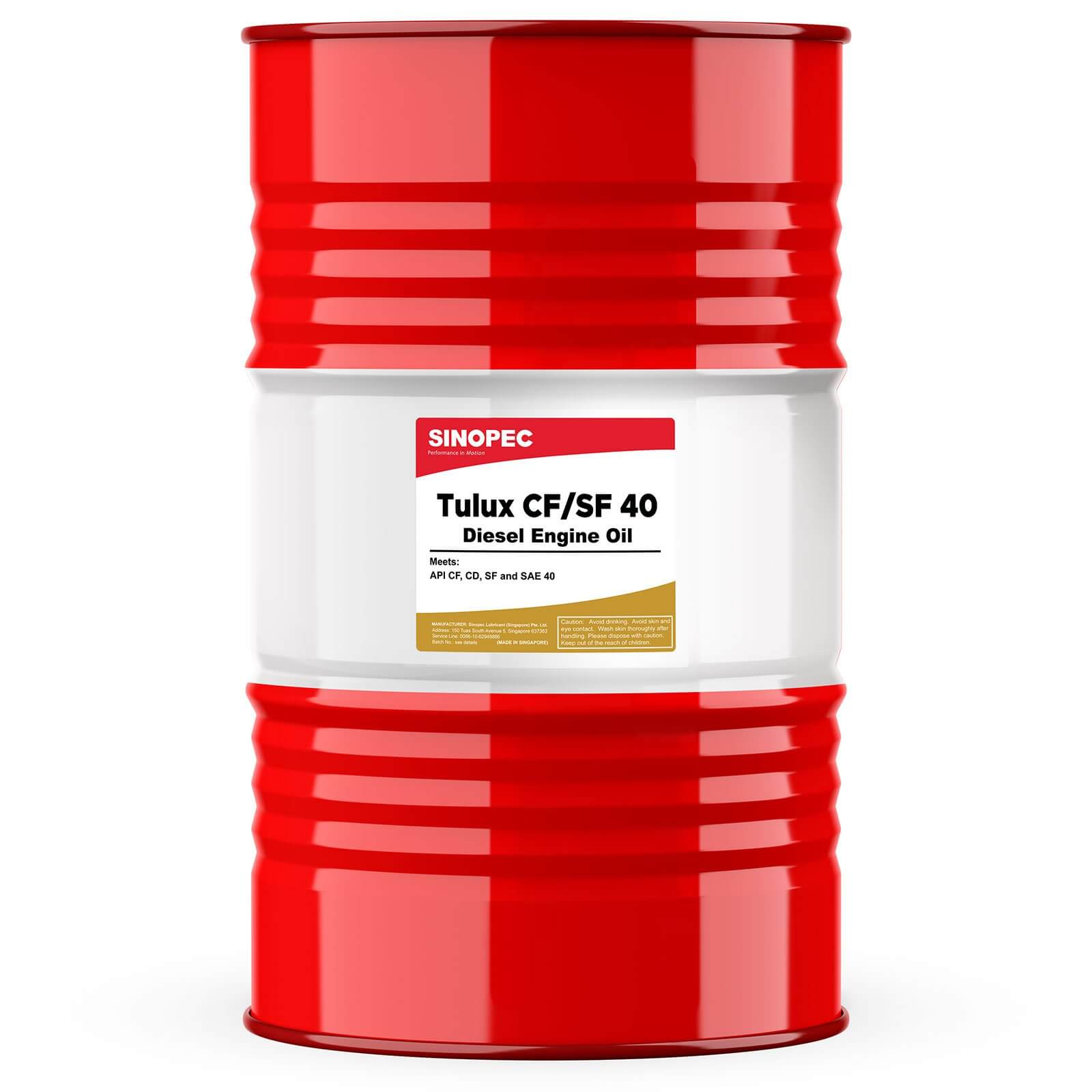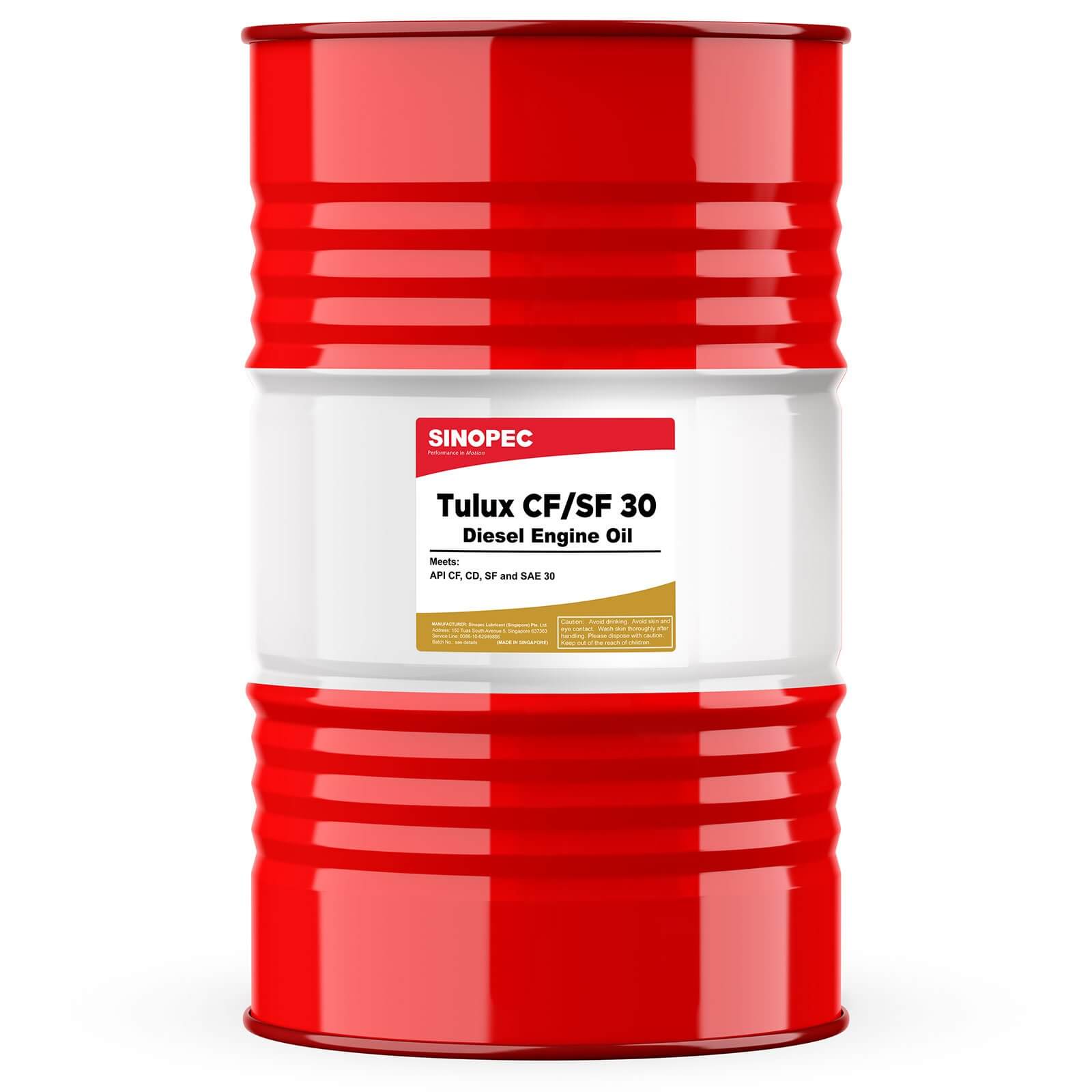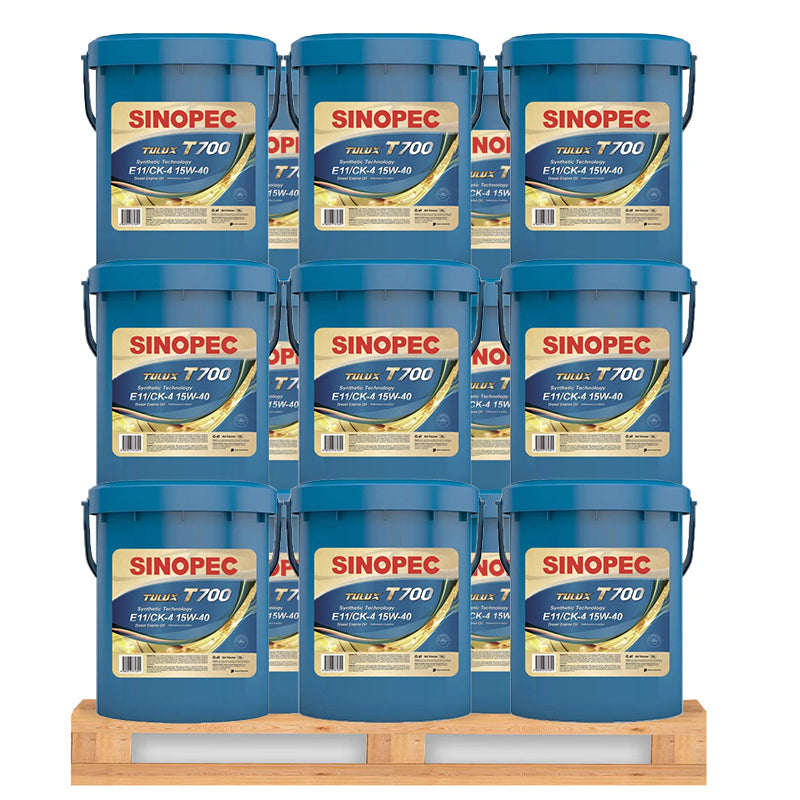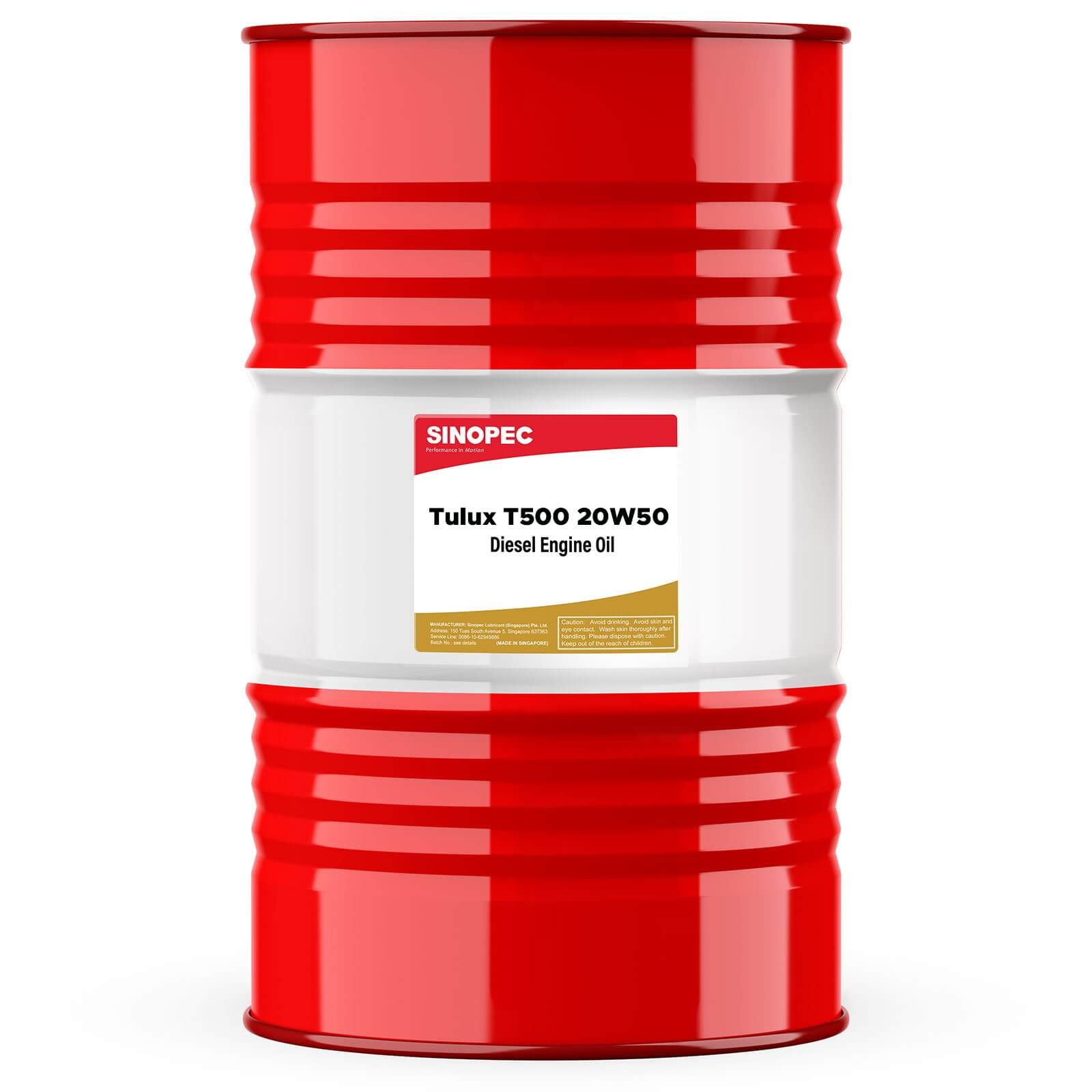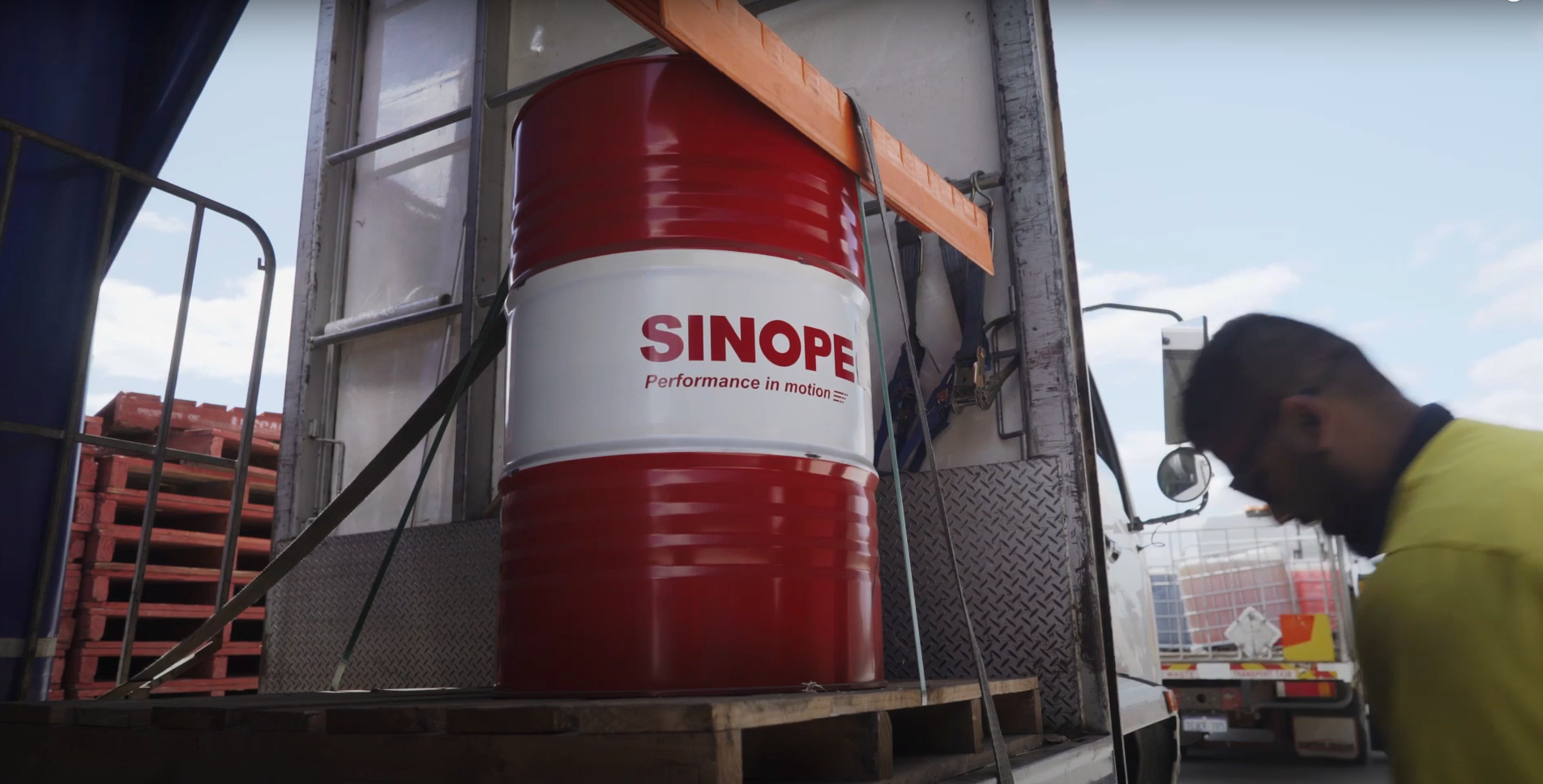Hydraulic systems are crucial to the operation of many aspects of modern life, from massive plants that depend on hydraulics to manufacture parts to the hydraulic system that powers a local garbage truck. As massive and powerful as these systems may be, they do have a proverbial Achilles heel: temperature extremes. Both low and high temperatures can affect the performance and efficiency of hydraulic systems, both large and small. If your system is not performing as expected, perhaps it is an issue with temperature that needs to be investigated and addressed.
Low-Temperature Operating Conditions

When most people think of the effects of temperature on hydraulics, their immediate thought is heat; however, cold temperatures can have a devastating effect on hydraulic systems as well. Such sub-optimal operating temperatures can result from well-below-freezing ambient temperatures or the operation of a hydraulic system at high-altitude, low-atmospheric conditions. Low-temperature effects can be especially problematic for mobile hydraulic systems found on outdoor equipment during the winter months.
Effects of Low Temperatures on Hydraulic Systems
Elastomeric materials like rubber are commonly found on hydraulic systems of all sizes, and rubber (as well as other types of elastomers) is sensitive to cold temperatures and can behave as a brittle material when temperatures drop sufficiently low. When hydraulic equipment is exposed to cold temperatures, rubber components such as seals, fittings, mounts, and hoses can be seriously damaged during operation. It is important to check the condition of exterior rubber components for cracks or tears before starting the system and always have replacement parts on hand for rubber components just in case something is damaged.
Cold temperatures will affect the viscosity of the fluids in your hydraulic system, which means not just the hydraulic fluid but lubricants. Low temperatures will increase the viscosity of hydraulic fluid and oil, which means that it will behave as a thicker fluid. If the viscosity increases too much, the fluid will not behave normally; for example, on startup, oil with a higher than normal viscosity may not distribute evenly around critical parts fast enough to prevent damage. Keep in mind that fluids can actually congeal to the point where they will no longer flow. This will result in starved pumps, cavitation, and lack of lubrication, in turn leading to expensive damage to your hydraulic equipment and the components it is comprised of.

A wise practice is to check the fluids in your hydraulic equipment — including not just the hydraulic fluid but also engine fluid and transmission fluid — before starting it up. You are not checking the levels, but rather checking the viscosity: if the fluid is too thick to drip off the end of the dipstick, it is too viscous to function properly. Trying to run your system in that condition will seriously damage it. This increase in viscosity is also why it is important to give your hydraulic equipment a chance to warm up before use. Start up the equipment and let it idle in order to warm up the hydraulic system and the fluids that it depends on before you put the equipment to work.
In general, it is important to make sure the fluids used in the system are appropriate for the expected temperatures, taking into account atmospheric pressure if high altitude conditions are involved. Manufacturer guidance should be sought if there is any question as to what type of fluids are appropriate in cold temperatures.
Effects of High Temperatures on Hydraulic Systems
When hydraulic fluids and lubricants are exposed to high temperatures for extended periods of time, the fluids will begin to experience permanent deterioration and a severe reduction in viscosity (i.e., the fluid will be much thinner and less viscous). The deterioration of hydraulic fluid leads to oxidation (in fact, the oxidation rate itself significantly increases with temperature) and the formation of problematic sludge. At the same time, the fluid will experience chemical reactions between degrading additives, all of which seriously compromise the performance of the fluid and the hydraulic system as a whole.
The reduced viscosity can render lubricants and hydraulic oil useless when it comes to protecting components through reducing friction, preventing abrasive damage, and minimizing the speed of wear. A change in viscosity also affects the behavior of the hydraulic fluid itself, negatively impacting the performance of the hydraulic system as a whole. Depending on a combination of pressure and temperature, some fluids may actually reach a vapor state — which will obviously lead to damaged systems and components.

While the use of a hydraulic fluid that includes a VI (Viscosity Index) improving additive may alleviate the problem of reduced viscosity in high temperatures, it is vital to remember that extended exposure to high temperatures can cause this very additive to breakdown — meaning that VI improving additives are not an easy solution to the problem. Even more interesting is the fact that extended high-temperature operation can deplete other critical additives, including foam depressants, rust inhibitors, antiwear ingredients, and antioxidants.
As fluid deterioration continues and key additives such as rust inhibitors and antiwear ingredients begin to deplete, then the components within the system (hydraulic motors, pumps, valves) will begin to experience accelerated wear. System performance and efficiency continue to drop and the system will begin generating its own heat. The result is a lethal cycle of damage to your hydraulic system as a whole and the components within. If the accelerated wear is allowed to continue unhindered, then bits of surface metal may begin to wear away, forming flakes and tiny particles that will contaminate the hydraulic fluid and exacerbate the wear.
In short, extended exposure to high temperatures can destroy a hydraulic system over time.
Causes of Heat Generation in Hydraulic Systems
High temperatures can result from extreme ambient temperature but are more likely to be the result of heat generation within the hydraulic system. Because heat can be so damaging to a hydraulic system, it is important to track down the source of heat generation. Heat generation commonly results from fluid flowing from an area of high pressure to an area of low pressure without any output of mechanical work. One source of such a loss of pressure is friction. High friction in the system will generate heat, and sources can include the following:
- Improperly lubricated components (e.g., not enough lubrication or not the right kind)
- Use of a fluid with too high a viscosity for the system, resulting in friction within the fluid
- Use of a fluid with too low a viscosity that fails to protect surfaces from excessive wear
- Pressure activated piston seals
- Fluid passing through a constricting orifice or restriction at high speed
- Fluid flowing through a restricted passage
Other heat sources can include the compression of aerated fluids, which occurs when the hydraulic fluid is contaminated with air. The compression of aerated fluid within a pump can quickly lead to temperatures around 2000°F.
In some cases, the heat may not be generated by the system itself. If the hydraulic system is operating near a heat source, that could cause problems for the hydraulic system. A lack of proper ventilation can also result in elevated temperatures.
Conclusion
Temperature extremes will affect the performance of your hydraulic system and result in serious (and expensive) damage if nothing is done to either address the temperature issues or protect the system from the effects of the temperature. This is true whether it is a small snowplow operating during extremely cold ambient conditions or a hydraulic system in a manufacturing plant that is generating enough heat to raise its operating temperature beyond recommended limits. The most immediate effect of temperature involves the viscosity of the fluid: cold temperatures will increase fluid viscosity, making it thicker; high temperatures, on the other hand, will decrease the viscosity of the fluid. Such changes in viscosity can quickly lead to permanent damage to the hydraulic system and its components.
Changes in performance can be due to operating temperatures, and addressing those issues for high temperature situations involves some investigative work to determine the source and cause of the heat generation.
MAC Hydraulics
As one of our many services, MAC Hydraulics offers on-site maintenance of hydraulic systems and equipment with fully equipped service vehicles and skilled technicians who only work on hydraulics. Our experienced technicians will perform fluid analysis, inspect and replace hydraulic hoses, check fluid levels, replace filters, and perform other necessary maintenance tasks. If you have problems — including temperature issues — any time, day or night, MAC Hydraulics will send out one of our technicians to inspect, troubleshoot, and address your hydraulic problems using state-of-the-art equipment they have been trained to use. We even offer machining and welding services as needed. Whether you have a small hydraulic system on mobile equipment or a massive, complex hydraulic system that is the heart of your plant, contact us today to see how our technicians can help you develop the ideal maintenance plan for your hydraulic machinery!

